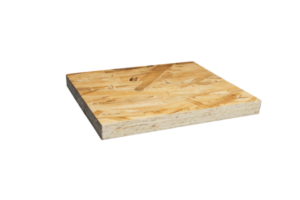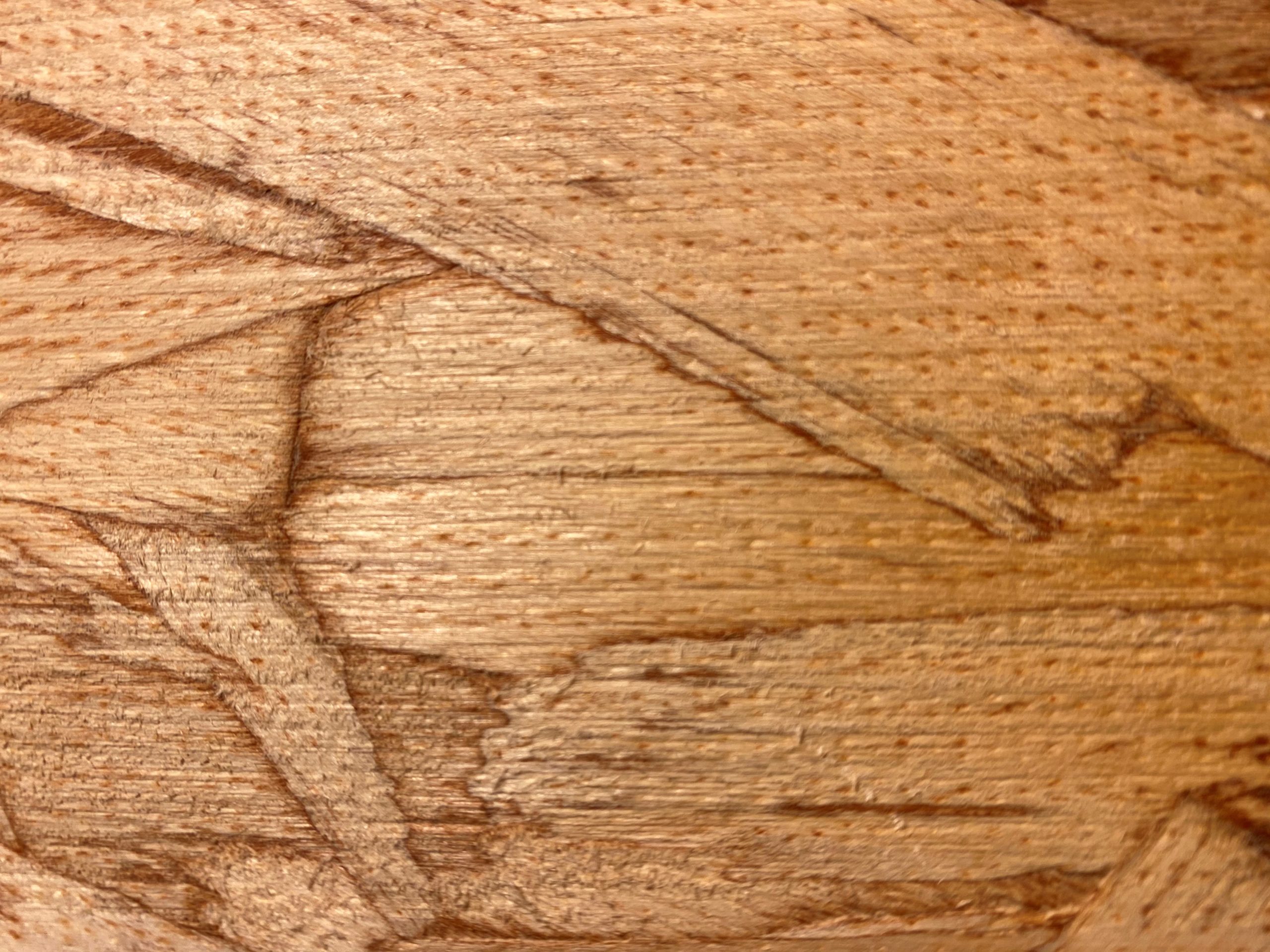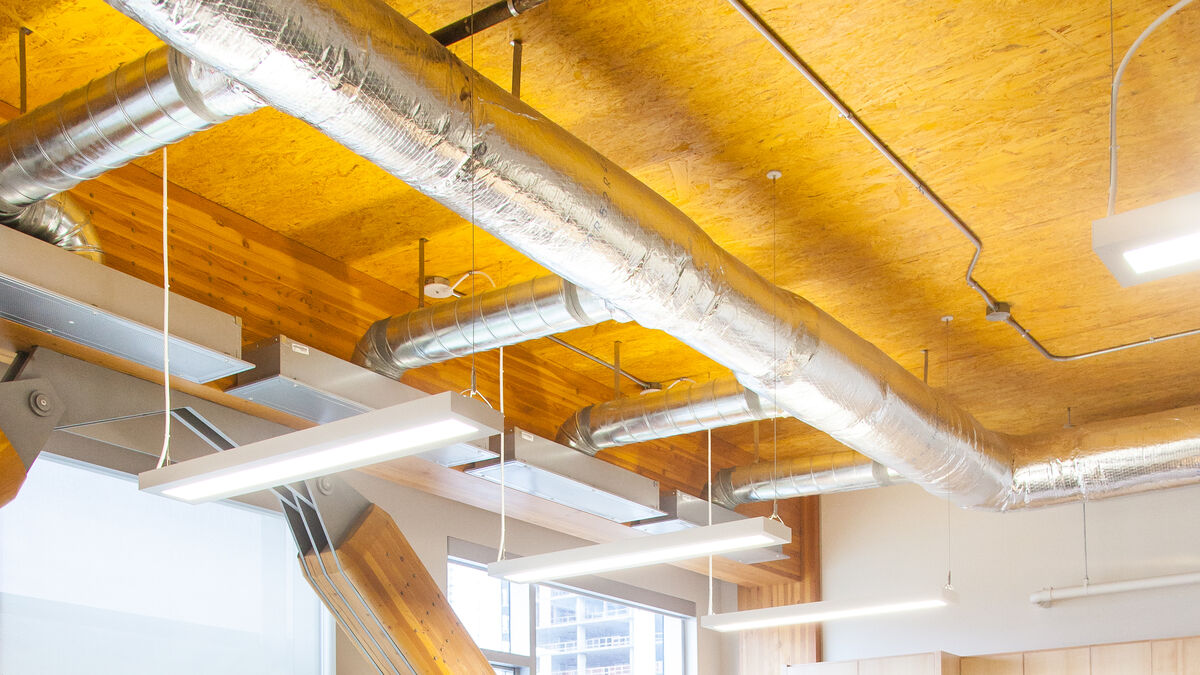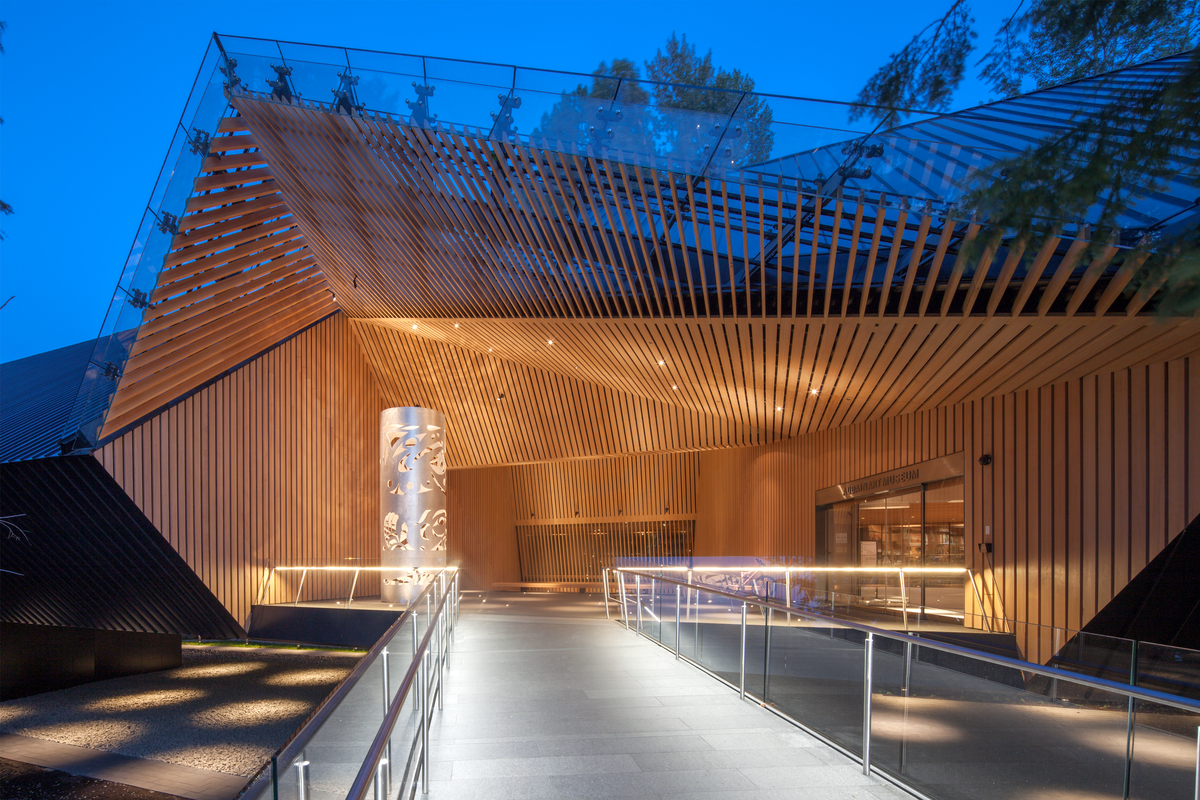LSL research
Think Wood Research Library
Learn MoreThe fabrication, uses, performance and sustainability of laminated strand lumber (LSL).
Photo credit: Paul Alberts (Ardor Media)
LSL is part of a family of products, structural composite lumber, that are made of dried and graded wood veneers, strands or flakes that are layered upon one another and bonded together with a moisture-resistant adhesive into large blocks known as billets. Other products in this group include laminated veneer lumber (LVL) and parallel strand lumber (PSL). 
LSL is used primarily as structural framing for residential, commercial and industrial construction. It is suitable for headers and beams, tall wall studs, rim board, sill plates, millwork and window framing. LSL also offers good fastener-holding strength. It can also be left exposed as a design feature.
UBC Earth Sciences Building | Photo credit: Don Erhardt

LSL is similar to LVL in many ways, with the exception that it uses flakes, and not layers of veneers. The flakes are pressed together with heat—using a steam injection press—and bonded by adhesives. In the case of LSL, flaked wood strands—the same as the raw material used for oriented strand board (OSB)—are blended with a waterproof adhesive (called isocyanate) to form billets that can be cut to a range of sizes. LSL does not have a common standard of production and common design values. Design values are derived from test results analysed in accordance with CSA O86 and ASTM D5456 and the design values are reviewed and approved by the Canadian Construction Materials Centre.

LSL is permitted and is safe to be exposed in accordance with building codes. LSL, like other mass timber products, naturally resists fire because it chars. In the event of a fire, this char on the outside forms a protective layer while retaining strength. This slows combustion allowing time to evacuate the building safely.
In fire testing of LSL (along with LVL and PSL) the char rate for composite lumber products were comparable to those of solid-sawn lumber and within the range previously found for different species of solid-sawn lumber.
Mass timber’s fire safety is backed up by rigorous fire testing in Canada and around the world.
UBC Earth Sciences Building | Photo credit: Don Erhardt

Similar to other wood products, LSL will not rot or acquire mould when designed and installed correctly. Exposure to water should be avoided during and after construction. Sealing the ends and edges of LSL will help ensure resistance to moisture penetration. Following best practices for managing moisture in wood construction will safeguard the product from damage or decay.
UBC Earth Sciences Building | Photo credit: KK Law

LSL is used for the ceiling at the North Vancouver City Hall in an unexpected way. Typically, LSL panels are cut into smaller pieces rather than used as large panels as seen here. This innovation not only looks good but means ceiling component can be prefabricated and installed with greater ease and speed. A sister product, parallel strand lumber (PSL) is used as hollow box beams to form the “eyebrow” overhangs of the building.
LSL a solid, highly predictable, uniform wood product made from smaller, fast-growing trees not suitable for conventional solid-sawn lumber. Its consistency in quality streamlines construction and reduces waste on the job site.
Many species can be used interchangeably without impacting performance. This efficient use of wood fibre adds to its eco-friendly benefits and makes it an attractive alternative to more carbon-intensive materials. Like most wood products, it is well-suited to prefabrication. LSL is a cost-effective solution for a wide range of framing applications. It will generally have lower strength and stiffness properties than LVL.
Audain Art Museum | Photo credit: Derek Lepper Photography

With the province of British Columbia recognized as a global leader in sustainable forest management, you can specify B.C. forest products with confidence. Connect with suppliers of laminated strand lumber today.
Audain Art Museum | Photo credit: James Dow, courtesy of Patkau Architects



Subscribe for the latest wood projects, developments, tools and research.